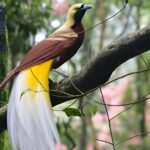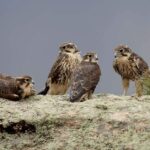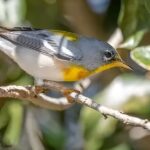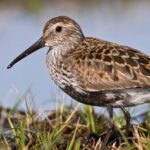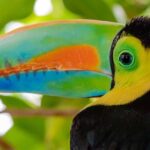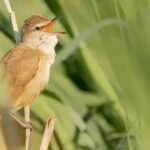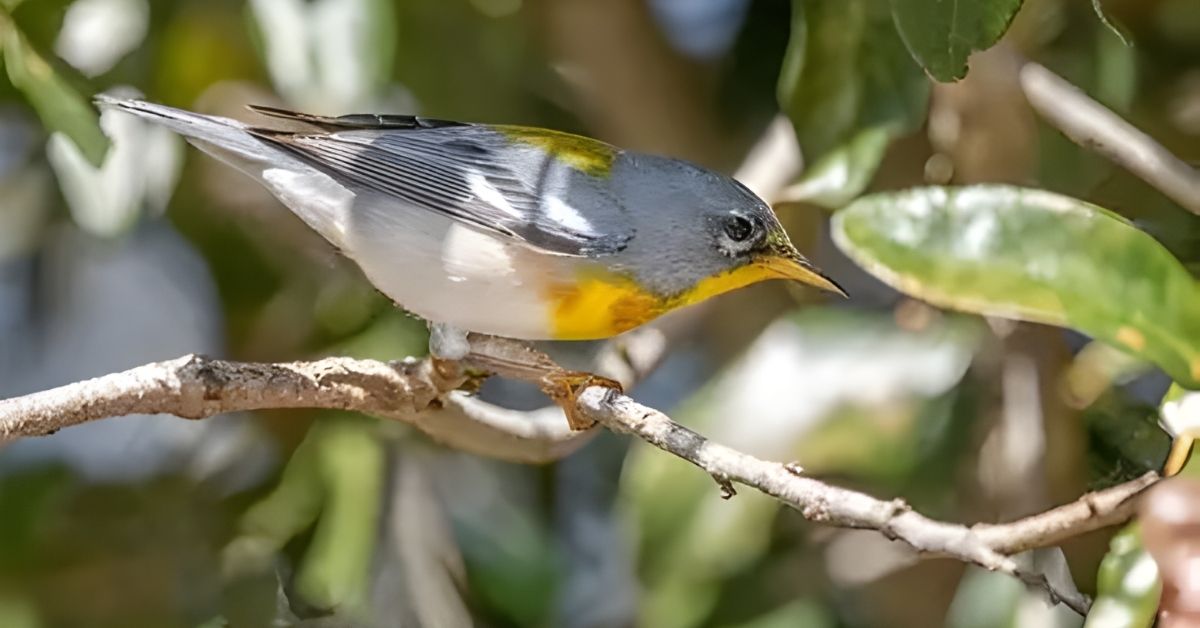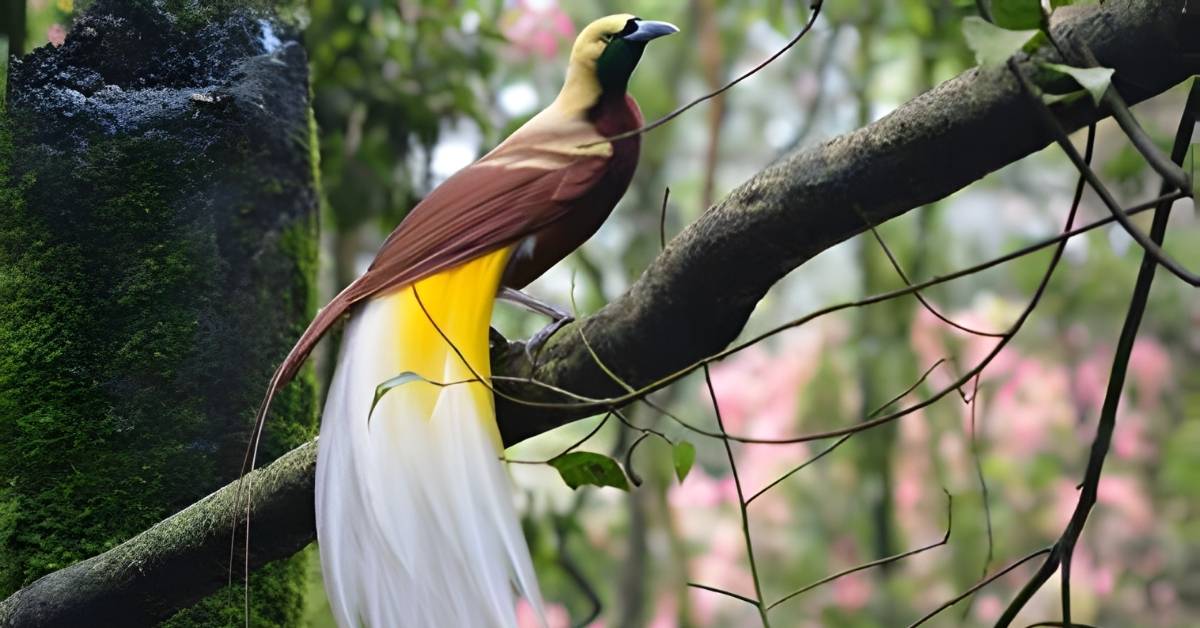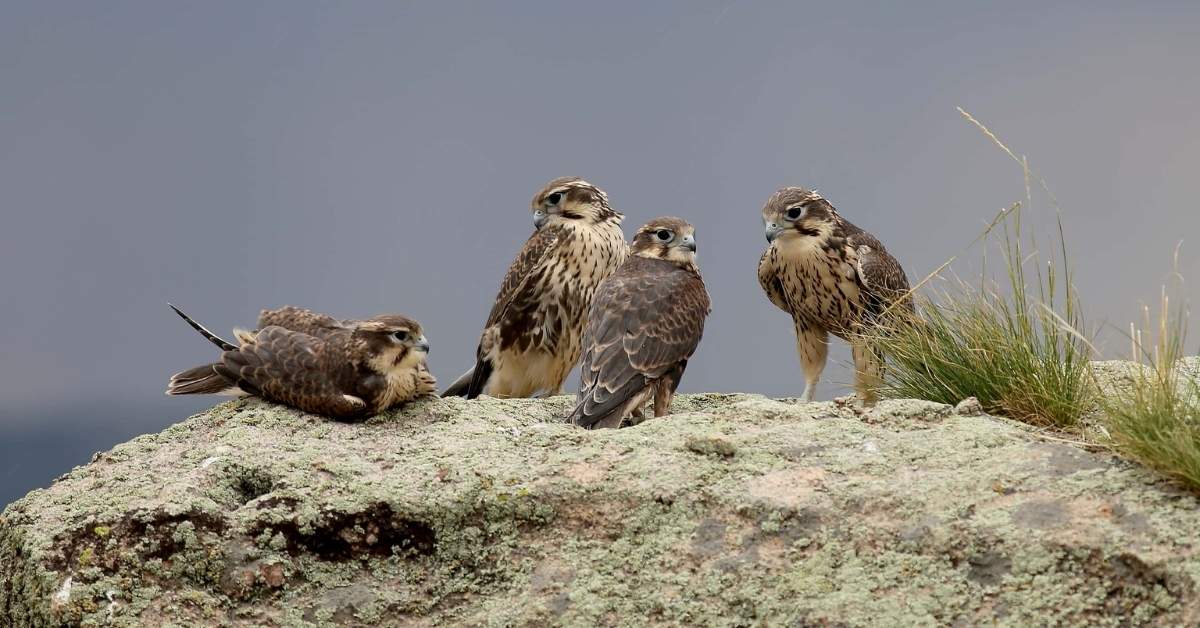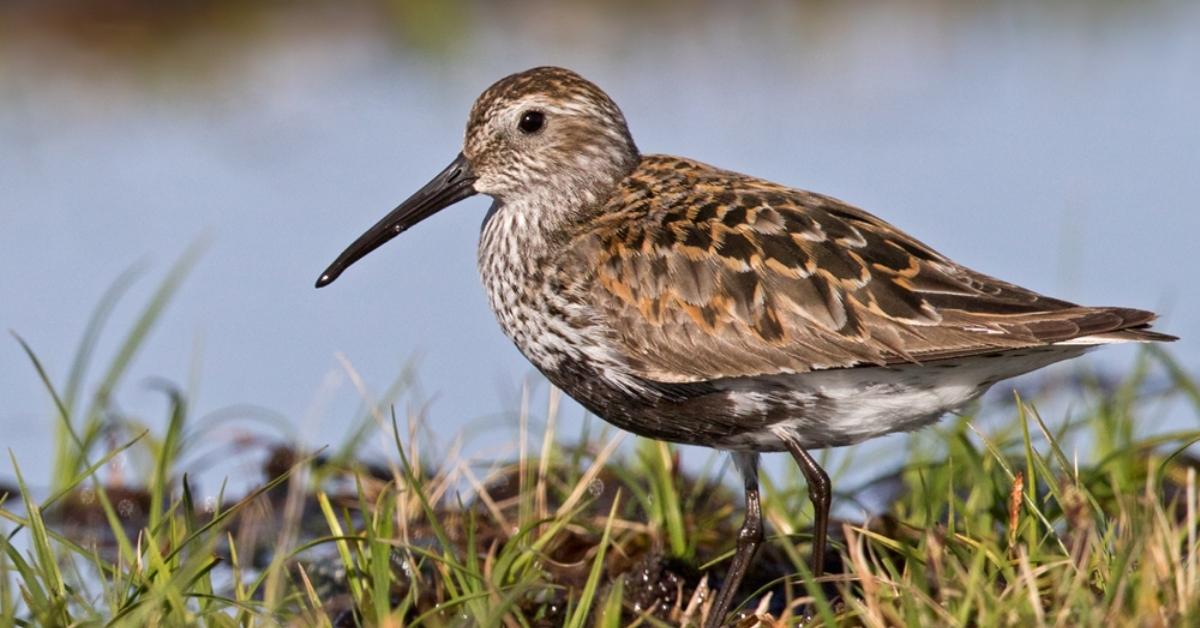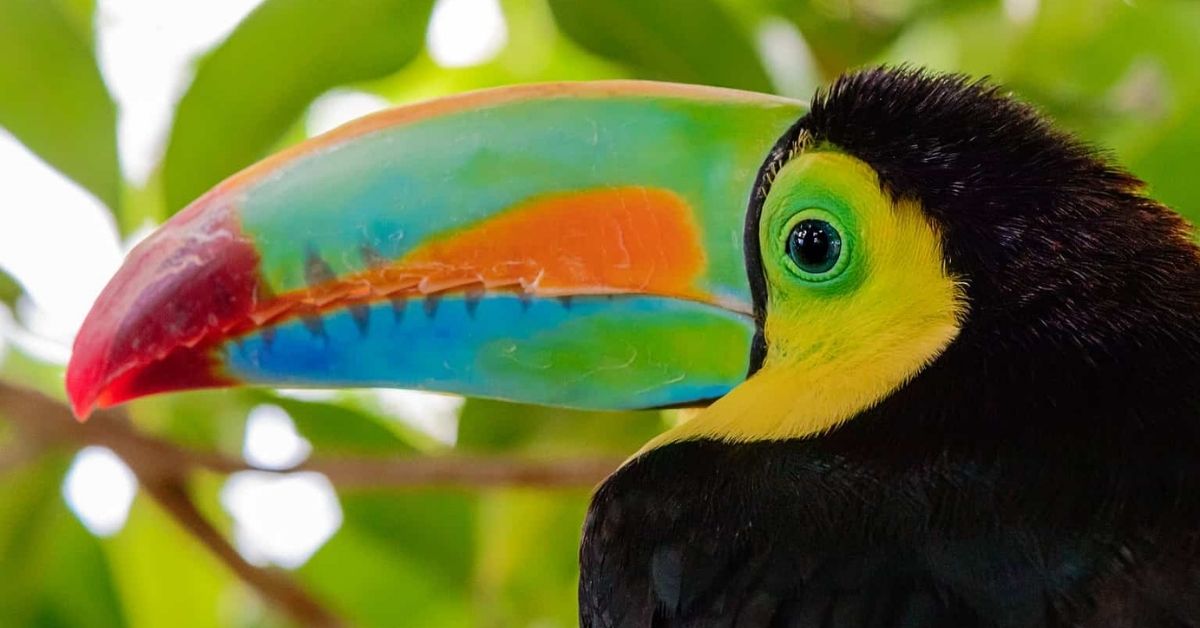Florida is a paradise for bird lovers, especially for those who enjoy watching colorful warblers. The warbler found in Florida is known for its bright feathers, sweet songs, and lively behavior. From the mangroves to the forests, these tiny birds fill the air with music all year round. Many types of warbler found in Florida come during migration, while others stay as residents in the warm climate.
People travel from all over the USA to see the warbler found in Florida in its natural home. Each warbler found in Florida has its own color, song, and story, making every sighting special and unforgettable.
1- Myrtle Warbler
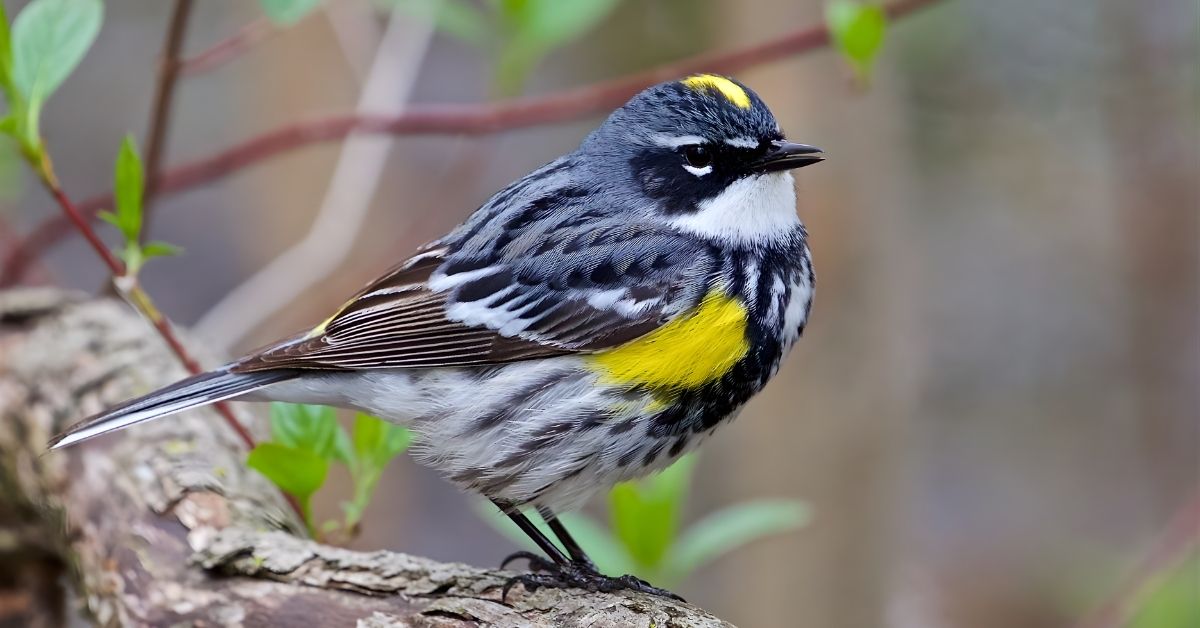
The Myrtle Warbler, one of the most common species of warbler found in Florida, is easily identified by its gray plumage with black streaks and a bright yellow patch on its rump. During winter, these resident and transient birds are widely observed across Florida’s coasts and inland habitats, including parks and urban gardens. Males are often brighter, especially during the breeding season, making them a delight for both amateur and professional birdwatchers.
Their behavior includes quick flitting movements and distinct songs that can often be heard from forest edges or shrubby growth. These warblers feed on insects during summer but switch to berries during the cooler months. The Myrtle Warbler represents the adaptability and resilience of avian fauna in the southern ecosystems of Florida.
2- Wilson’s Warbler
The Wilson’s Warbler is a bright yellow species with a striking black cap, often seen during migration through Florida in spring and fall. Although they don’t usually breed in Florida, their seasonal presence is a favorite among bird photographers and ornithologists. These migratory warblers prefer forest edges and wetlands, especially during their passage through the state.
Their song is a sweet, high-pitched trill, often used for territorial and courtship purposes. Observing this warbler provides a glimpse into the complexity of avian migration and how these small birds rely on Florida’s ecosystem as a resting ground during their long journeys between North and Central America.
3- American Yellow Warbler
The American Yellow Warbler (Setophaga petechia) is among the most visually striking warblers found in Florida. This species has several subspecies, including the Golden or Cuban Yellow Warbler, which are nonmigratory and resident in Florida’s red mangroves and coastal fringes. Their bright yellow plumage, buzzing song, and distinct call make them easy to identify even from a distance.
In Miami-Dade, Monroe, and Florida Bay, these warblers breed in the mangrove habitat, showing a strong connection to the state’s subtropical environment. Interestingly, the Florida Yellow Warbler was first recorded breeding in 1942, suggesting a relatively recent colonization of the region. The Setophaga discolor paludicola and Setophaga petechia varieties highlight Florida’s unique ornithology and ecology, contributing to ongoing conservation and recolonization studies.
4- American Redstart
The American Redstart adds vibrant energy to Florida’s birdlife with its black and orange plumage. This migratory warbler uses Florida as an essential stopover during spring and fall migration, often seen darting between forest edges and wetlands in search of insects.
Known for their territorial behavior, these birds fan their tails to flush out prey. They can be spotted throughout the coastal regions and State Parks, adding movement and color to the avian population during migration periods. Their song is lively and complex, reflecting the diversity of warblers found in Florida.
5- Orange-Crowned Warbler
The Orange-Crowned Warbler is a more subtle species compared to its colorful relatives. Often described as plain yellow-green, it’s a challenge to identify without careful observation. These migratory birds spend their winter months in Florida’s wetlands, shrubs, and coastal habitats, especially in southern areas.
Despite its subdued appearance, the Orange-Crowned Warbler plays a crucial role in maintaining the ecology of Florida’s ecosystem by feeding on insects and contributing to pest control. Their presence highlights the importance of environmental conservation and habitat protection.
6- Nashville Warbler
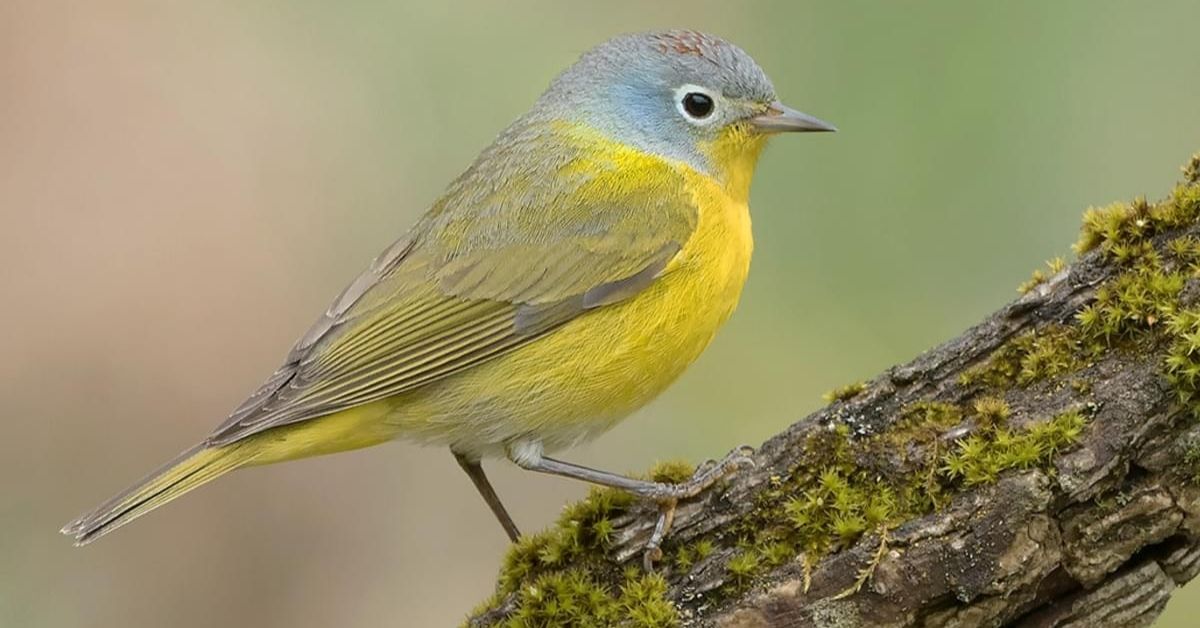
The Nashville Warbler is another migratory species that passes through Florida during spring and fall. Recognized by its gray head and yellow belly, it frequents second-growth forests and shrubby habitats during migration.
Though it doesn’t breed in Florida, the Nashville Warbler’s occurrence contributes to the state’s status as a critical avian migration passage. Birdwatchers can often hear its rising pitch song in coastal and wetland regions during early mornings in April and May.
7- Common Yellowthroat
The Common Yellowthroat is one of the most widespread warblers found in Florida. Males are easily recognized by their black mask and bright yellow throat, while females have softer tones. This species thrives in wetlands, marshes, and grassy areas, making it one of the easiest warblers to observe.
They are known for their persistent song and adaptability, often breeding in both urban and rural environments. Conservation efforts for wetland areas have ensured that this resident species continues to flourish across the state.
8- Black-and-White Warbler
The Black-and-White Warbler is one of the most distinctive warblers found in Florida due to its black and white streaks and nuthatch-like climbing behavior. It can be seen year-round, particularly in mature forests and mangroves.
Its foraging style, which involves creeping along trunks and branches, makes it stand out from other Setophaga species. The Black-and-White Warbler demonstrates the behavioral diversity within Florida’s avian community, contributing to its rich ecological balance.
Also Read This: Shorebirds in Alaska
9- Northern Waterthrush
The Northern Waterthrush is closely linked with Florida’s mangrove and wetland habitats. Its ground-foraging behavior and distinct, sharp song make it one of the most vocal warblers in the southern regions of the state.
Seen mostly during migration, this species is a strong indicator of healthy wetland ecology. Its presence in Florida Bay and coastal mangrove areas emphasizes the need for ongoing conservation and protection of habitats from environmental concerns such as habitat loss.
10- Ovenbird
The Ovenbird, named for its oven-shaped nest, is another warbler found in Florida during migration seasons. Its powerful “teacher-teacher” song is a familiar sound in forested regions during spring and fall.
Though not a resident species, the Ovenbird’s occurrence during migration adds to Florida’s role as a crucial stopover habitat for North American avian populations.
11- Tennessee Warbler
The Tennessee Warbler passes through Florida during migration, feeding on nectar and insects. It is often seen in forests and edge habitats, using its sharp visual detection to locate prey.
This small bird contributes to natural insect control, showing how even transient species play a role in Florida’s ecosystem. Their presence during summer and winter transitions adds to the rich seasonal biodiversity of the state.
12- Northern Parula
The Northern Parula is one of the most common breeding warblers found in Florida. With a beautiful mix of blue, green, and yellow plumage, it nests in Spanish moss hanging from trees. This species thrives in subtropical forests and humid environments, making it a year-round attraction for birdwatchers.
Their rising, buzzing song fills the forests during January through July, marking their territory and courtship displays. The Northern Parula perfectly represents Florida’s endemic birdlife and ecological diversity.
13- Magnolia Warbler
The Magnolia Warbler is a vibrant migrant seen in Florida during spring and fall. Recognized by its bold black streaks and yellow underside, it frequents forest edges and shrubby habitats.
Its migration from North to South America makes Florida an important stopover range, offering rest and food resources. Observing this warbler during migration gives insights into avian behavior, migration ecology, and environmental adaptation.
14- Bay-Breasted Warbler
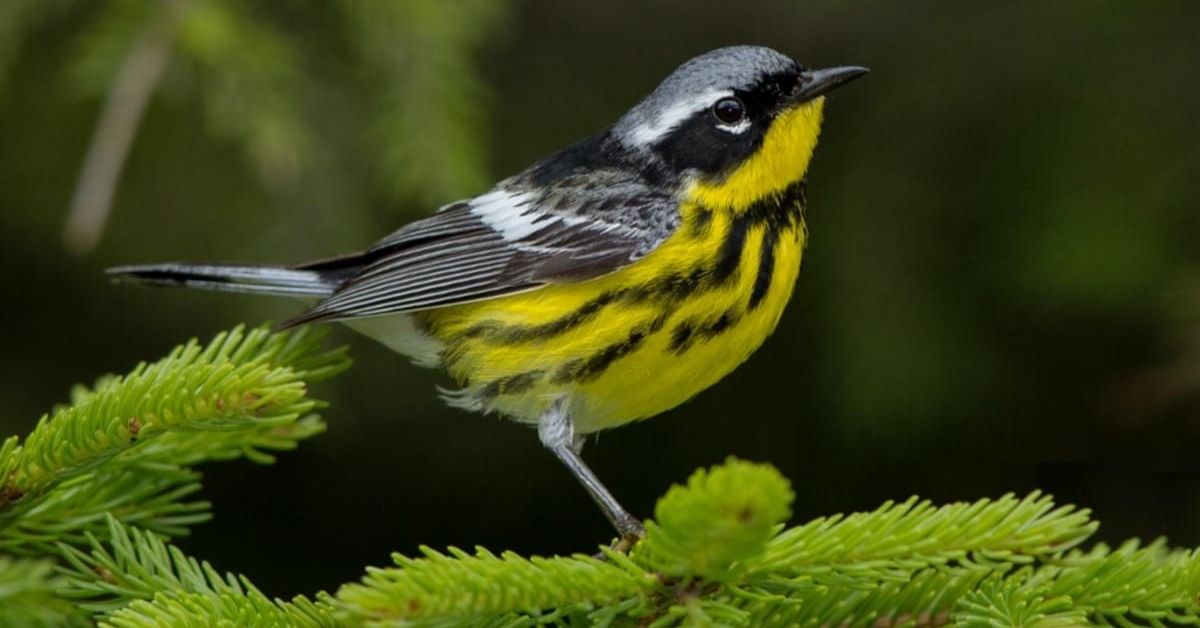
The Bay-Breasted Warbler is an elegant species that passes through Florida during migration. Its chestnut coloration and soft song make it a favorite among bird photography enthusiasts.
These warblers often mix with flocks of other Setophaga species during their journey, showcasing the interconnectedness of avian migration routes. Protecting Florida’s habitats ensures that the Bay-Breasted Warbler continues its migratory success.
15- Blackburnian Warbler
The Blackburnian Warbler is one of the most striking warblers found in Florida, with its fiery orange throat and strong territorial song. It is a migratory visitor, passing through during spring and fall, and often spotted in tall canopies.
Its dependence on Florida’s forests during migration reflects the importance of conservation and environmental protection. This species, along with others, underscores Florida’s role as a sanctuary for warblers, ensuring their continued breeding, migration, and ecological presence across generations.
FAQs
Are there warblers in Florida?
Yes, many species of warblers live in Florida. Some are residents, while others visit during migration seasons.
What bird is only found in Florida?
The Florida Scrub-Jay is the only bird species found exclusively in Florida. It lives in the state’s dry scrub habitats.
What is the rarest bird to see in Florida?
The Mangrove Yellow Warbler and the Black-faced Grassquit are among the rarest birds seen in Florida due to their limited range and habitat.
Conclusion
Florida is a beautiful home for many birds, especially the warbler found in Florida. These small, bright songbirds make the state’s parks, forests, and mangroves full of life. Every warbler found in Florida adds color, movement, and music to nature. Some are resident species, while others visit during migration. Watching a warbler found Florida is a peaceful and joyful experience for all bird lovers.
Protecting the habitat of every warbler found in Florida is very important. We must care for the environment, mangroves, and wetlands they live in. By helping with conservation, we make sure the warbler found Florida will always sing across the coastlines and skies of this sunny state.

Spiritual Vora shares deep insights on dreams, angel numbers, spiritual meanings, and inner healing. Our mission is to guide souls toward clarity, growth, and divine connection through uplifting and enlightening content.

